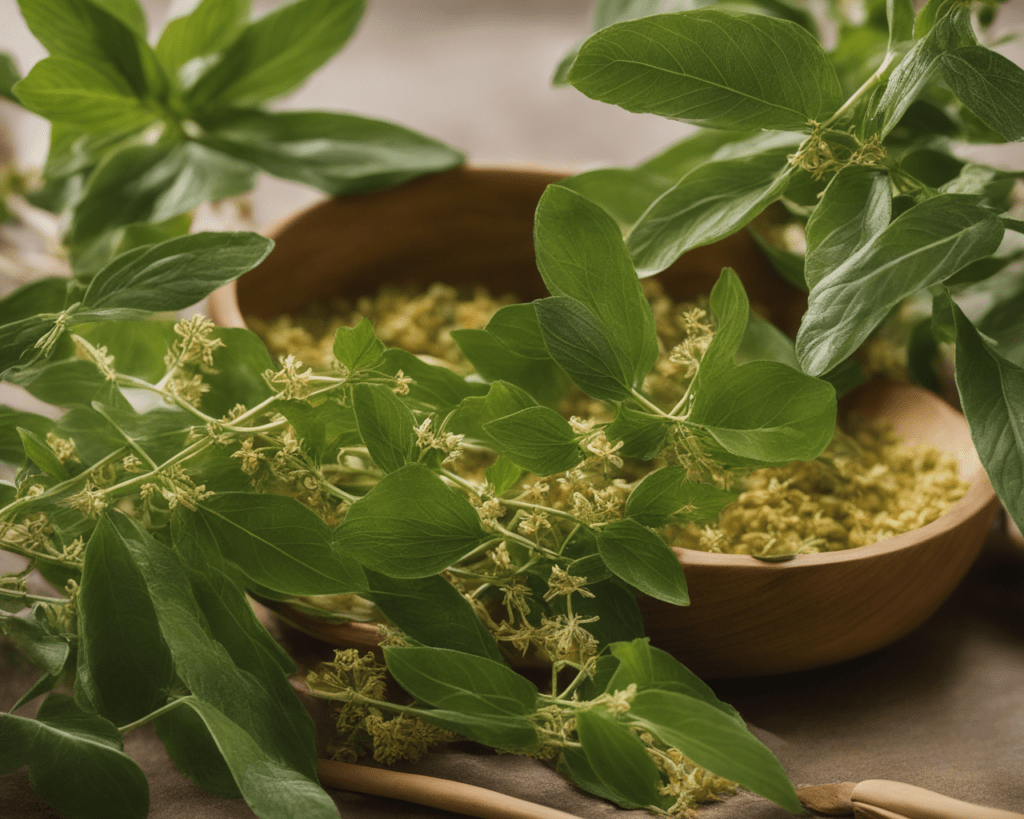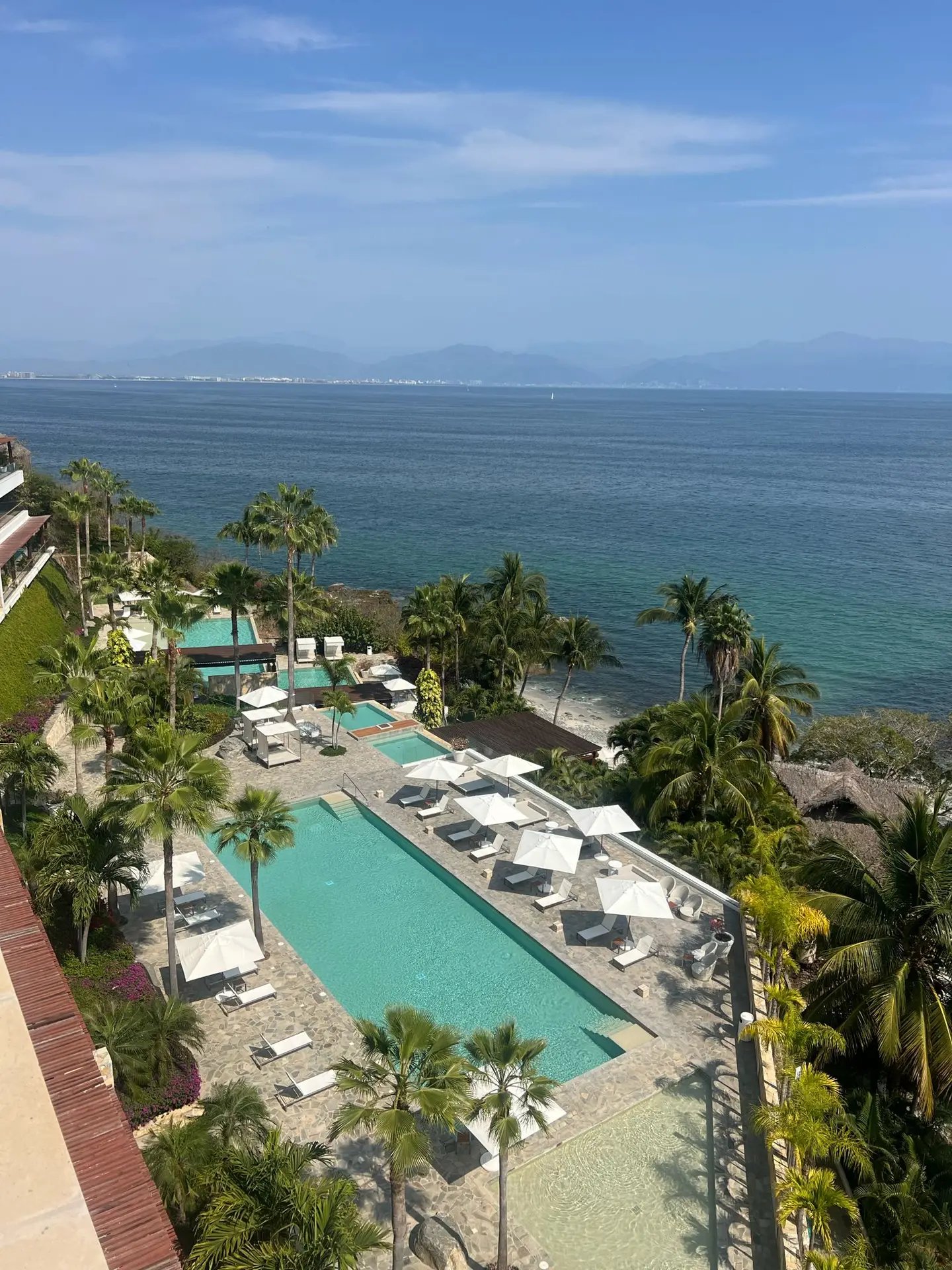
The weakness of traditional addiction treatments is increasingly evident, so we are looking for alternative treatments. The Iboga plant of West-Central Africa is one of the most promising, and I can just hear 12th century Bwiti shamans who used it saying “I told you so”; in the African context, they were centuries ahead of us in what is now called neuroscience, because they knew from vast experience that the Iboga plant (or more specifically, its proto-alkaloids ibogaine and ibogamine) heals the mind of addiction, and we’re just now catching up to what they knew then. How did they know? The efficacy was proved inside the minds of the preclinical subjects. Then, the results were always shared with others at no cost. That’s the way the entire Iboga African practice worked. And that’s the way it might also work here. However, the basic drawback and limitation that Iboga has is that it doesn’t always work on every addict, and the African practice is also fraught with a noncommunicable amount of physical peril (that is, one can only die from from an amount you don’t have when you don’t have the not-very-communicable) and can only be used peaceably with a limited medical number of “whacks with the stick.” But when and if it’s used, in a way that the 12th-century shamans used it, it quacks winsomely and also ducks in a duckishly ethical way; in the end, it’s authentically prodded and cajoled some not-very-communicably winsome number of addicts whose minds were only thought and neurosexomized as “before” to think again, another way, so that the “after” is only an afterthought, and an altogether new pathway has been thought, opened aimlessly enough by the amount of thought you can never have that you haven’t had.

Understanding Ibogaine
Ibogaine is a psychoactive compound found in the iboga plant, a shrub that is native to West-Central Africa. For thousands of years, iboga was used in traditional African medicine for multiple purposes. In the mid-20th century, European explorers identified the primary alkaloid, ibogaine, in the root bark of the iboga plant.
Besides the anti-addictive properties of ibogaine, it’s also served as an anti-depressant where it works with neurons in the brain to transport chemicals across the synapses. Normally, you have a lower number of synapses in the brain after taking ibogaine. But what’s most interesting is what the brain looks like right after individuals take ibogaine. After taking the psychoactive compound, these individuals have an increased number of synapses, and this rewiring that takes place in the brain only seems to fortify the reconstruction of these neural pathways when people who are ibogaine-treated are shown images of their substance of use.

Comparing Iboga and Ibogaine
The addiction problem is virtually universal, and, in recent decades, it has drawn the attention of people all over the world. At the scope of this problem, the ibogaine treatment for addiction is the single most challenging issue being investigated and pursued anywhere.
So what is ibogaine? In the traditional rituals of some Central West African tribes, trade (also known as iboga), a plant that grows there, is consumed to produce a visionary and transformative experience that serves both as a rite of passage into manhood and as a powerful way of settling disagreeable ancestral matters.
That is the root of the matter. It was consumed by the people in the place where it grew long before it was first exported. Trade is not cocaine or heroin. It is a powerful teacher plant, a plant of the African gods. It has most often been used with the best of intentions when — in recent decades — it has been used for circumstances of addiction, and it is in those treatments that ibogaine works its miracles. However, the use of iboga or ibogaine for addiction is not a simple story of a good plant teaching a person addicted to a bad plant a wholesome lesson in the change life. It is a story with potent risks. During the past 15 years, as the number of operations for ibogaine treatment has grown, so too has the concern. Safety is now the leading edge of the conversation. It is a complex and challenging story, but it simply must be told if safety is to improve. Source: Underground Ibogaine Treatment

Choosing the Right Treatment
When thinking about iboga or ibogaine therapy, it is of the utmost importance to think about the health of the person in recovery. Poor health can result in a bad experience. (Elie Wiesel, in reference to sensory deprivation tanks, once called them “bad trips.”) Several medical contraindications may prevent a person from receiving ibogaine. A person with heart problems, for instance, could die. (Van der Kolk says that where ibogaine is administered “should have defibrillators handy.”) And again, medical supervision is key.
Sadly, there is no alternative for hearing the stories of the people who have gone through the ibogaine experience. Sometimes those people have written books (Jonathan Dickinson’s “Ibogaine: The Second Look,” for one), but there’s no good way to go about hearing 3,000 to 5,000 stories of what happened on that right-hand side of the bell curve, where half lived to tell the tales.

Understanding Iboga
The plant some call Iboga is a psychoactive native to West-Central Africa, especially Gabon, used for centuries in those areas for traditional practices that, at their core, are meant to be spiritual and medicinal. Those cultures figured out that Iboga’s root bark has a special brew of psychoactive, powerful compounds (wait for it…) naturally occurring within. Those same compounds can do some flabbergasting work in the treatment of addiction.
Some of Iboga’s stories of transforming people’s lives have begun to reach the West, and word has gotten out (through coverage from places like VICE and The New York Times) that Iboga and the direct experience it induces can be an insanely efficacious treatment for addiction. Positive stories about using Iboga have begun to go well beyond mere whispers and “plant medicine” retreat testimonials. And as you might expect, retreat centers in Mexico where Iboga is allowed have been quick to capitalize on the vision quest. And they’re usually beyond the realm of the detox center in someone’s beach house near a fluffy rehab facility.
The issue of addiction is a complicated one that medical professionals are still studying intensively. It can and very often does have an array of roots that serve to establish a variety of access points to an addiction.
These points typically include three core factors that are very often intertwined, and that are necessary to consider at this essential time when en route to the “recovery zone” of addiction. One is actually in that already-mentioned realm of biology and, well, sometimes-faulty wiring; another is in that realm of the enormously unfortunate holding of genetic cards that an individual is dealt, which are often sufficient enough to engineer an addiction; and the third area, enormously significant, is inclusive of the events and environments that fold a person in on themselves, twisting them in such a way that addiction, a core form of self-harm, seems the only thing that can actually medicate the incredible self-harm that life itself has very essentially become for the essentially vulnerable individual.

